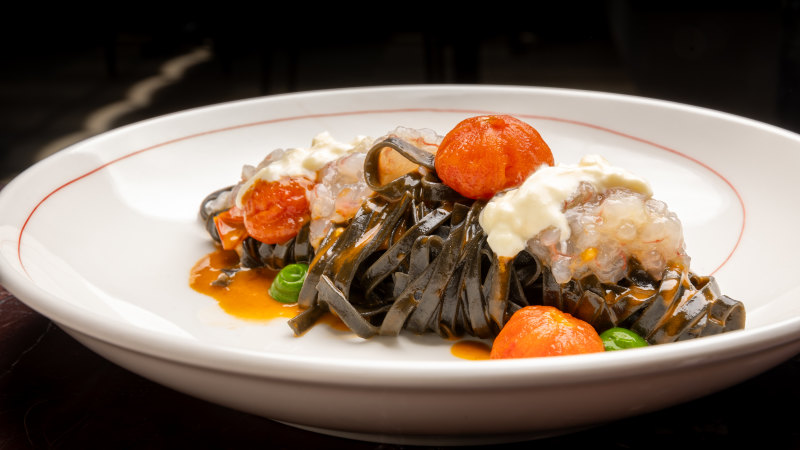When we hear the word "gazpacho," most of us probably think of a Spanish tomato soup that is served cold. Notably, that soup is a vibrant red color. However, there are other varieties of the dish, and whether you're a fan of red gazpacho or not, you should definitely give green gazpacho a try.
The gazpacho that most of us are familiar with is tomato-forward. In most gazpacho recipes , those tomatoes are normally joined by a combination of red wine or sherry vinegar, bell peppers, garlic, olive oil, and salt. Gazpacho often includes bread in some form, sometimes incorporated as a thickener and sometimes simply served on the side.
Some variations will add other elements, like cucumber, onion, celery, or even chilis. But while gazpacho is often synonymous with tomatoes, that's not where the dish comes from. There are varying theories about the origins of gazpacho, but most agree that it arrived in Spain with the Romans or the Greeks, and the word gazpacho comes from the Arabic for "soaked bread.
" So, if you want to try green gazpacho but worry about losing the tradition of the dish, the bread is more important than the tomato at the end of the day. For green gazpacho, much of the preparation is the same as for red gazpacho but with some notable differences in the ingredients list. What's in green gazpacho? There are many variations of green gazpacho.
It works from a versatile base, from which you can add a variety of elements to suit your tastes. The central aspect is to remove .

















